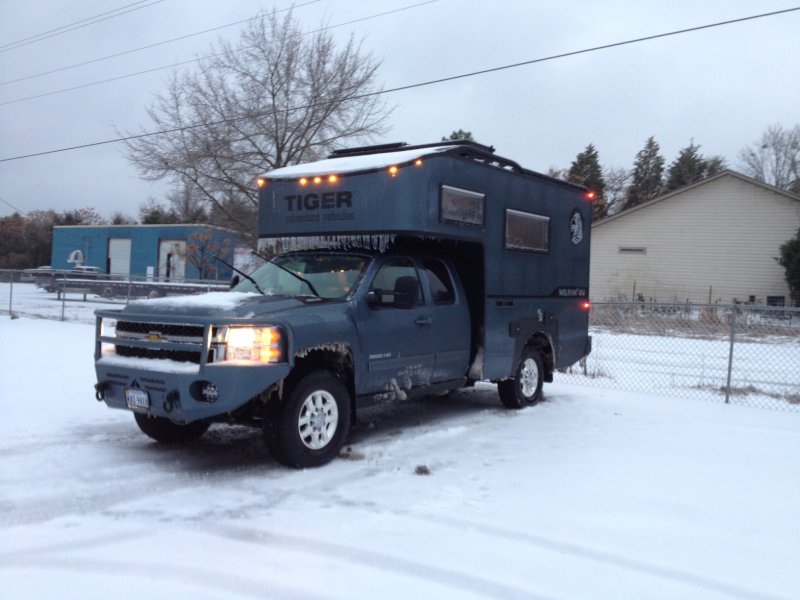IdaSHO
IDACAMPER
Working out some of the logistics for my camper build.
Ive got a EU2000 honda and two 232ah deep cycles (6v).
What would be the best and/or fastest way to utilize the generator to re-charge this battery bank?
Looking at basic high amp "portable" chargers, it seems like you can get more bang for your buck when compared to a similar amperage power converter.
Ultimately this rig will have a few hundred watts of solar as well. But for now I will just have the vehicle and generator.
Any thoughts would be appreciated.
Ive got a EU2000 honda and two 232ah deep cycles (6v).
What would be the best and/or fastest way to utilize the generator to re-charge this battery bank?
Looking at basic high amp "portable" chargers, it seems like you can get more bang for your buck when compared to a similar amperage power converter.
Ultimately this rig will have a few hundred watts of solar as well. But for now I will just have the vehicle and generator.
Any thoughts would be appreciated.

